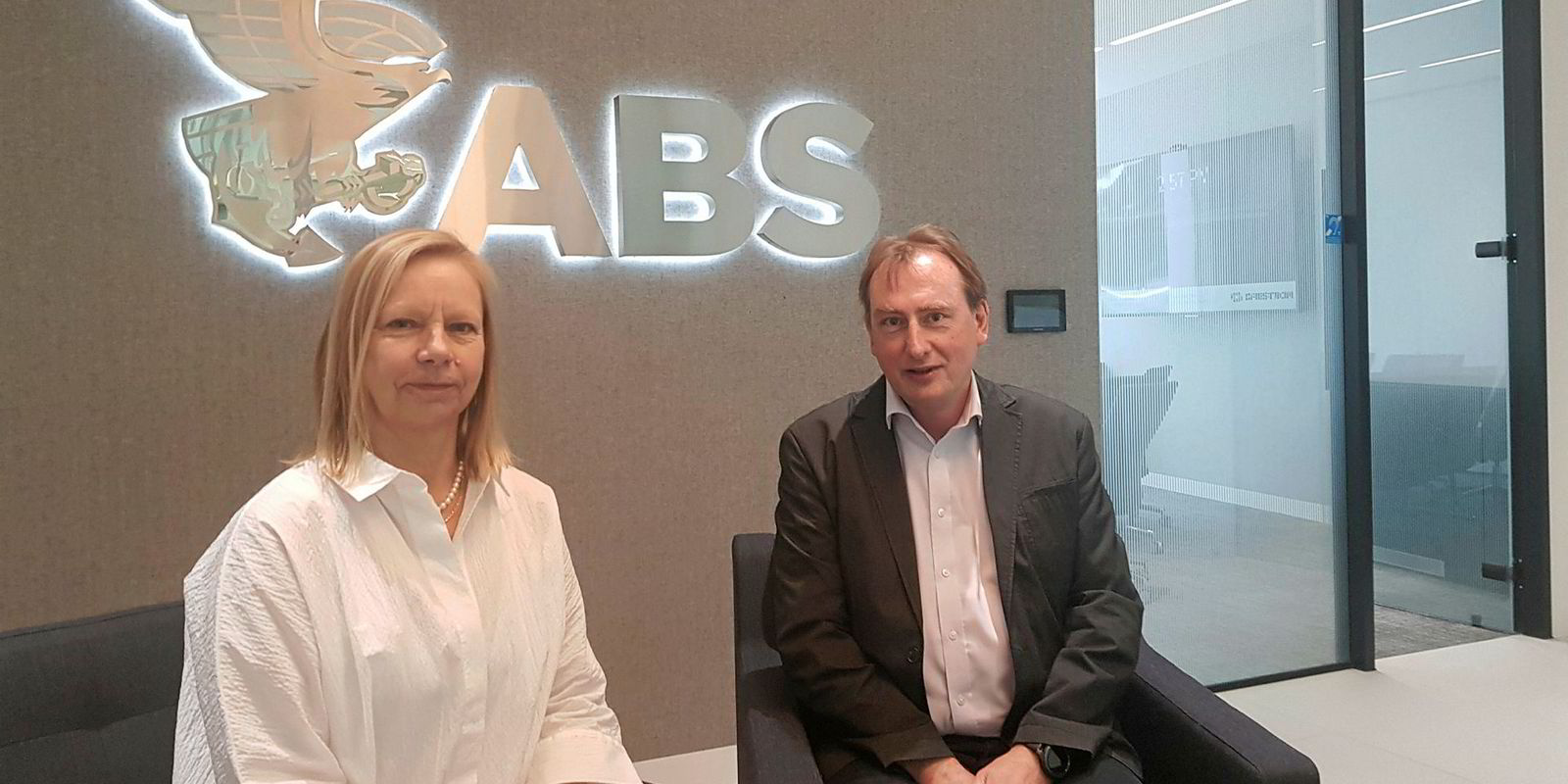Fundamental changes to the way in which shipping markets operate could help the industry achieve its carbon emission reduction goals, according to classification society ABS.
The IMO is currently considering the affect of slow-steaming and goals-based speed limits in meeting its target of cutting greenhouse-gas (GHG) emissions by 40% in carbon intensity compared with 2008 levels by 2030.
But in a recent report — Setting the Course to Low Carbon Shipping 2030 Outlook 2050 Vision — Houston-based ABS claims a more operationally efficient shipping industry is the answer.
Number crunching
Shipping analyst Maritime Strategies International (MSI) has crunched the numbers for ABS to come up with possible solutions to the emissions problem.
MSI's calculations show a combination of better planning to reduce ballast voyages and improved scheduling of sailings to arrive at port “just in time” would be a better solution than mandated speed limits.
MSI director Stuart Nicoll said: “Just in time shipping could reduce emissions by about 12% compared to where we are today, and reducing ballast could contribute 2% or 3% to that, so those two things combined you are looking at maybe 15%.”
Ships would automatically slow down if the scheduling of port arrivals were improved, he explained.
“If you are using ships more efficiently overall that would allow ships to slow down, because you’re not speeding up to get to port then finding you have to wait around for five days,” he said.
ABS executive vice president of marine Kirsi Tikka is confident the 2030 goals can be met. “Since the reference for the emissions reduction target is 2008, in terms of carbon intensity, we have already seen quite a considerable reduction," she said.
“The intensity from 2008 to 2015 has already dropped 30%. If we maintain that we have the strategies available to us, like just in time shipping and reducing ballast voyages, that will allow us to get to the 2030 target.”
The difference between a flat speed limit and just in time shipping is that, if you have a speed limit, eventually you need more capacity on the water because you are reducing the speed, but not improving utilisation
Kirsi Tikka
One of the main advantages of ABS’ ideas is that, while slow-steaming would require additional ships to be built to carry the same amount of cargo, just in time scheduling does not.
“The idea is that you can move the same amount of cargo with the same number of ships and still manage to save fuel,” Tikka said.
Just in time
“The difference between a flat speed limit and just in time shipping is that, if you have a speed limit, eventually you need more capacity on the water because you are reducing the speed, but not improving utilisation.”
“With just in time shipping you reduce the speed but you don’t need the additional capacity.”
But many in the industry doubt whether the ideas are realistic. They say despite scheduling schemes undertaken by tanker owners, Australian ports and BP just in time shipping has never caught on.
In addition, as ports are outside the remit of the IMO there is little it can do to enforce a regulation that would require shipowners to schedule sailings better.
Nicoll pointed out that digital technology has advanced to such a stage that it is now more feasible to create a global just in time system.
“We hope that the technology will be available and that there are companies that will make money out of this and create the systems and framework that will allow it to happen,” he said.
While Tikka believes that shippers will help drive the initiative. “Ideally, it would be driven by market forces and by shippers and charterers, which need to reduce their carbon footprint,” she said.
Ballast voyages
The are also doubts over ABS’ take on ballast voyages. Ship operators have tried to cut back on them but given the structure of existing trades and ship types, it has simply proved impossible.
The VLCC trade to the Far East is one example where there is simply no suitable cargo for the return leg back to the Middle East.
Tikka conceded that ships that have been built for a single cargo type could hold the industry back.
“One of the evolutions we have had in shipping is the development of specific ship types that are the best for a particular type of cargo but that has also introduced some inefficiencies because you don’t have the flexibility to carry different types of cargoes,” she said.







